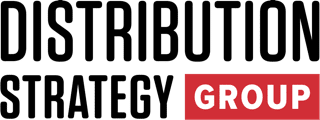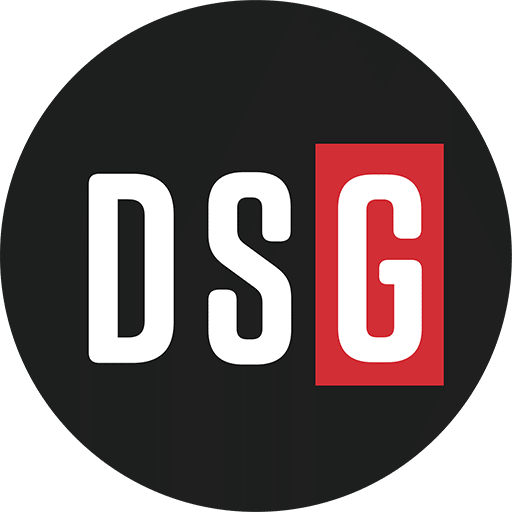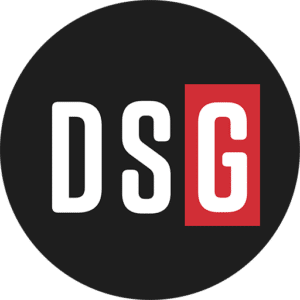After a year of softening demand and three straight quarters of declining sales, Motion, the industrial division of Genuine Parts Co., returned to growth in the second quarter, signaling early signs of stabilization in a still-fragile industrial economy.
Sales for Motion rose to $2.3 billion in the second quarter, a year-over-year increase of 0.7%. The uptick was driven entirely by acquisitions, which contributed 1.3 percentage points to the total. Comparable sales dipped slightly, down 0.1%.
The results mark a turning point for Motion, which had been grappling with broad-based customer caution amid persistent macroeconomic uncertainty. While the gains were modest, they reflect a degree of resilience in Motion’s core MRO business and early momentum in select end markets.
“We were encouraged to see Motion return to growth,” said Genuine Parts Company CEO Will Stengel during the company’s second-quarter earnings call. “The industrial environment is still challenging, but we are seeing signs of stabilization in several areas.”
That stabilization, however, is far from uniform. While Motion reported stronger performance in sectors like food and beverage, pulp and paper, and aggregates, demand remained soft in industries tied to metals, oil and gas, and automation-heavy capital projects. Customers in those segments continued to delay major investments, citing interest rate pressure, tariff uncertainty, and general caution around capital expenditures.
Stengel described customer behavior as “measured,” with many firms stretching project timelines and taking a more conservative approach to spending. Still, national accounts remained a source of steady business, and several customers expanded their engagement with Motion in services and maintenance contracts.
Motion’s digital channels continued to gain traction, accounting for approximately 40% of total sales segment in the quarter. That growth was supported by continued investment in ecommerce tools, including AI-enhanced product search, real-time inventory visibility, and a new tariff calculator designed to help customers assess the potential impact of trade policy changes. These tools have become more critical as customers navigate an increasingly complex sourcing environment.
Genuine Parts also noted progress in Motion’s value-added services business, which includes plant-level maintenance programs, engineering support, and predictive analytics. While not broken out separately in financial terms, the company said that backlog in these areas is growing, with more customers leaning on Motion for technical and on-site support in lieu of launching new capital projects.
Despite a challenging cost environment, Motion managed to protect margins through disciplined pricing and sourcing improvements. Inflation in labor and freight continued to weigh on the business, but productivity gains and the benefits of cost restructuring helped offset some of the pressure. Earlier cost actions, including streamlining support functions and improving process automation, continued to deliver operating leverage in the second quarter.
On a company-wide basis, Genuine Parts reported total revenue of $6.2 billion for the quarter, up 2.5% year over year. Net income rose 7.5% to $343 million, compared to $319 million in the second quarter of 2024. For the first half of 2025, GPC’s total sales reached $12.4 billion, while Motion contributed $4.6 billion of that total—up just under 1% from $4.56 billion in the first half of 2024.
Looking ahead, GPC lowered its full-year guidance for Motion, now expecting industrial segment sales to grow between 1% and 3% in 2025. That’s down from a previous range of 2% to 4%, a reflection of the still-unsettled conditions in several of Motion’s largest verticals.
“We’re not ready to call a full recovery, but we are seeing incremental signs of improvement,” said Stengel. “The backlog is healthy, the digital business is scaling, and our services continue to resonate with customers who are prioritizing efficiency and uptime.”
Still, the company acknowledged that broader industrial growth may not materialize until interest rates moderate and business confidence improves. Until then, GPC intends to “invest through the cycle,” with continued emphasis on digital tools, automation, and strengthening Motion’s national account infrastructure.
“Historically, when industrial demand rebounds, it rebounds strongly,” said Stengel. “Our focus is on staying ready for that moment—and making sure we’re positioned to grow with our customers when it comes.”
Don’t miss any content from Distribution Strategy Group. Join our list.


